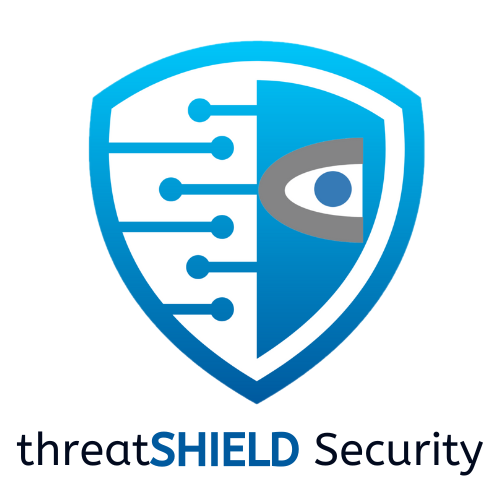Network Audit
We assess compliance! Through our audit we are able to assess whether the company has the proper security mechanisms in place while also making sure they are in compliance with relevant regulations.


What is a Network Audit?
Network auditing is the process of mapping and inventorying your network in terms of hardware and software. It’s a fairly complex task that involves manually identifying network elements. In some cases, network auditing tools can provide automation support to identify the devices and services connected to the network. In addition to hardware and software, auditing should include security documentation such as user accounts and groups as well as permissions.

When Do You Need a Network Audit?
When do you need a network audit? There are many reasons why you should consider an audit. Typically, it’s timed around important technology decisions or business requirements. Here’s just a few potential reasons why your business might consider a network audit.
1) Outdated & Incomplete Inventories
When was the last time that you and your team performed an audit? A lot can change overtime – mergers and acquisitions, new and existing application demands on the network, budget forecasting and capital expenses, and turnover within IT and especially network infrastructure.
2) Upgrades & Refreshes
There’s a tendency for network admins to fall into an operational state where their main priority is the day-to-day operations. I like to call keeping the lights on. However, networks need to be upgraded and refreshed from time-to-time. This is especially true when upgrading your networking technology. This includes performing an audit to identify which hardware and software need to be replaced or upgraded.
3) Troubleshooting & Resolution
It’s probably the last thing that IT or a Network Administrator wants to hear is – we’re experiencing a major network outage, we can’t connect to the internet, or latency issues are having an impact on applications, clients, users, and partners. In this scenario, it’s needed on an emergency basis as a way of troubleshooting the network.
4) Regulatory & Compliance Standards
For many industries including financial and healthcare, regulatory and compliance standards are an important reason to initiate a network audit. This includes adhering to HIPAA, SOC1, SOC2, FedRAMP, PCI, FISMA, NIST, and other critical standards for compliance. It may be used by internal or external auditors to assess the compliance of the organization as a whole.
What’s Included in a Network Audit?
Here are several key focus areas that should be included within your network auditing process. Unfortunately, some of the tasks will require manual resources to complete. Yet, others can be accomplished with the use of today’s advanced network auditing and analysis tools.
Contact Us

+1 (813) 291-3693 International Calls On WhatsApp
14906 Winding Creek Ct. Ste. 101-D Tampa, FL 33613
Monday - Friday: 9am - 5pm
Get Started
Contact us at info@threatshieldsecurity.com or at +1(813) 291-3693 and one of our consultants will provide additional information.

